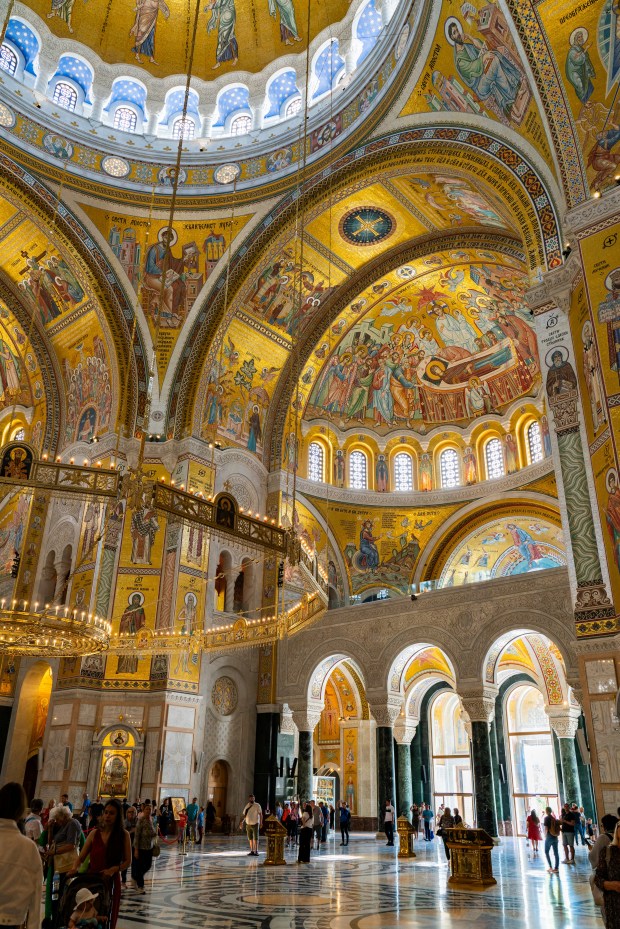Istanbul’s Hagia Sophia has been a source of awe (and conflict) for centuries. The last of three churches built on the site by the Eastern Roman Empire, it was completed in the year 537. The site was a Greek Orthodox church from 360 to 1453, with the exception of a brief period between the Fourth Crusade and 1261, during which it was a Latin Catholic church. Following the fall of Constantinople in 1453, the site served as a mosque until 1935, when it became a museum. In 2020, the site was once again converted into a mosque.
But a significant architectural feat of recent times, the Church of St. Sava in Belgrade, Serbia, is being nicknamed the “new Hagia Sophia.” Completed in 2020, this modern-day marvel is the symbol of the rebirth of Serbian Orthodoxy – and the enduring spirit of the Serbian people.
The Serbian Orthodox Church is one of the 17 or so Eastern Orthodox Churches.
A difficult construction
The church is dedicated to St. Sava, a prominent Serbian monk, prince, and archbishop whose contributions to Serbian culture and religion are invaluable. He is deemed the founder of the Serbian Orthodox Church, and also a pioneer of Serbian law.

After Serbia gained independence from the Ottoman Empire in 1878, plans to build a church in his honor began to take shape. It was decided that the church should be built where the Ottomans burned St. Sava’s relics in 1594.
Interrupted by war
Culture Critic’s blog explains that construction of the church began in 1935, with ambitious plans to echo the grandeur of the Hagia Sophia. However, the onset of World War II and subsequent communist rule resulted in a cessation of construction, leaving the foundations incomplete for decades.
It was not until 1985 that construction resumed in earnest. In 1989, the massive 4,000-ton dome was successfully hoisted into place, marking a significant milestone. By 2004, the church’s structure was completed.
The Church of St. Sava is a remarkable example of neo-Byzantine architecture, designed to rival the ancient Hagia Sophia. Its central dome rises to 70 meters, crowned by a 12-meter golden cross. The exterior is adorned with white marble. The church’s design is similar to that of the interlocking domes and geometries of the Hagia Sophia, but it is the interior that truly astonishes.
The interior of the Church of St. Sava boasts the world’s largest mosaic decorations – surpassing even the historical grandeur of the Hagia Sophia. These mosaics are of course a visual feast, illustrating biblical scenes and Orthodox iconography with intricate detail and vibrant colors.

A symbol of resilience
The Church of St. Sava is surely an architectural masterpiece; but it is also a symbol of resilience and the enduring spirit of Serbian Orthodox faith: Despite numerous and major obstacles, the dream of constructing a grand church to honor St. Sava persisted for centuries.
Today, it stands as a true beacon of hope and renewal for Serbian Orthodoxy (and for believers of all faiths, even), as it is a testament to the unwavering dedication of those who envisioned and built it.




